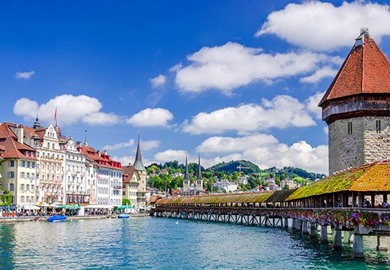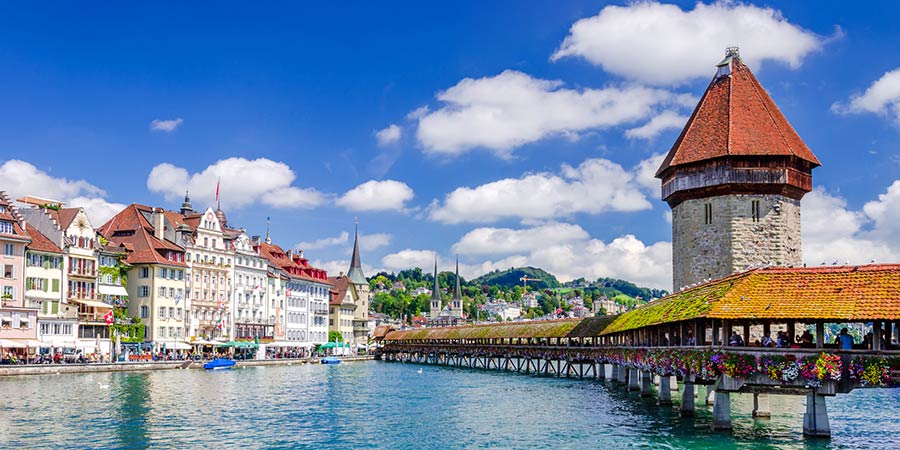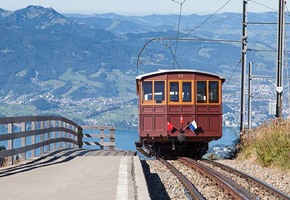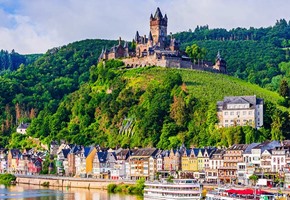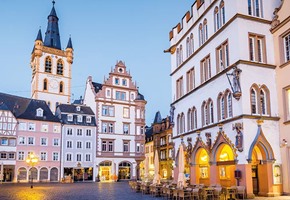Although historians disagree on exactly when Trier was founded
by the Romans, they are agreed that it was no later than 16 BC -
which makes it the oldest established city in Germany. The
settlement was in a strategic position close to the Frankish
territories, and so Trier grew in both size and importance,
becoming the residence of the Western Roman Emperor. In about 418
AD the Emperor's administration was moved out of Trier, but the
city continued to flourish as it still had a number of factories
for the production of the Roman army's armour and clothing. The
Franks saw Trier as a valuable prize, and captured the city in 459.
Trier continued from this point with little change until 870, when
it was absorbed into Eastern Francia, which in turn became part of
the Holy Roman Empire. At around this time the city acquired the
relics of Saint Matthias, which ensured the city became a
destination for numerous pilgrimages.
Aside from wealth, another benefit of being a centre for early
Christianity was that Trier gained political power throughout the
Middle Ages, which was arguably its most stable period. The French
invaded the city in 1794 under Napoleon, and in 1815 it became part
of the Prussian Empire. Trier finally became part of the German
Empire in 1871, and enjoyed a short period of renewed prosperity
for the remainder of the century. The city was relatively untouched
in the First World War, but suffered heavy bombing from the Allied
Forces in the 1940s. But despite Trier's turbulent history, an
amazing amount of the city's past has been preserved; as a number
of different groups have left their mark on the city there are many
different European architectural styles, including arguably the
most impressive group of Roman monuments north of the Alps.
The immense Porta Nigra was the northern entrance to Trier,
built by the Romans in about 200 AD. Its name means 'Black Gate',
and it was called this from the Middle Ages because the stone
became discoloured about this time. In the 11th century, much of
the gate was turned into a church. This was dissolved by Napoleon
in 1802, but he decided to spare the building from destruction. The
Porta Nigra was designated a UNESCO World Heritage site in 1986,
and today thousands of visitors take in the stunning building and
its upper floors every year.
Possibly Trier's most famous son, Karl Marx was born in the city
in 1818. His birthplace was purchased by Germany's Social
Democratic Party in 1928, and was finally opened as a museum
dedicated to his work in 1947. The museum has since been expanded
to three floors, and features displays on communism across the
world.
